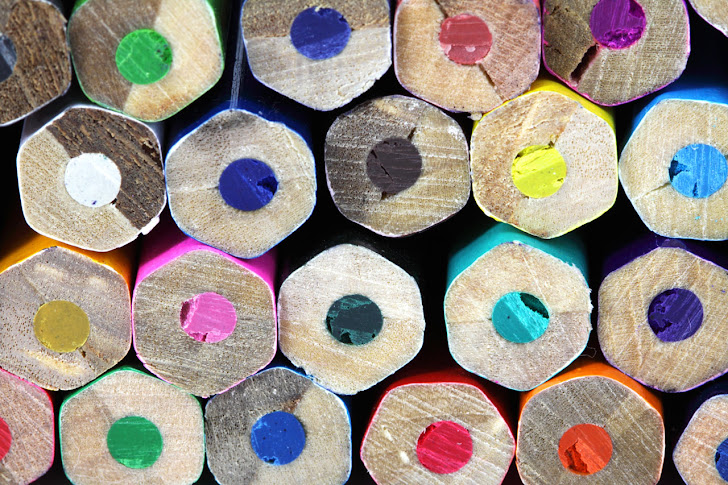
Image: Petr Kratochvil
Thursday, June 30, 2011
Repetition Repetition Repetition
There is something so delightful about repetition. Visual repetition. Remember this because it is a device that you can use over and over again with great results. A photo of one green bottle would not be very interesting to look at. Line up a whole bunch of them and they just look cool. Have a simple graphic element that carries out the theme of your talk? Copy, paste. Shampoo, lather, rinse, repeat. Go ahead and fill the frame with wild abandon. After you've copied the second element, group the two elements together and copy again, producing four and so on. You get the idea. Like the cracked mud texture in the previous post, you may want to include a number, letter or short word contained within the bottom circle/oval created by the base of the bottles if you are providing some sort of text information on your slide. Repetition is "R" in the unfortunately-named acronym, C.R.A.P., shown in the mind map at the bottom of this blog and is one of the four basic design principles you must master in order to create a visually pleasing page or slide. For the remaining letters, "C" is for contrast, "A" is for Alignment and "P" is for proximity which I will discuss in subsequent posts.
Use Textures for Slide Backgrounds
Textures used as backgrounds in PowerPoint presentations add interest and an unexpected richness to the medium. Perhaps your message is about ecology, natural resources, water management, or even weathering a economic drought. Overlay contrasting text in the natural squares formed by the cracking mud to represent linked areas or concepts. Maybe we can finally let go of the cliche puzzle-piece analogy we would be ecstatic to never see again....
Better Understanding Through Graphics
A Periodic Table of Visualization Methods is a brilliantly conceived visual device that organizes every known type of graphic workhorse that communicates meaning and promotes understanding and runs the gamut from GANTT and PERT charts to pie and heaven n' hell charts. While some of these visualization methods are more suitable than others for a traditional presentation or talk, it certainly provides some food for thought when you must select a graphic to inform, instruct or persuade an audience.
Illustrate Don't Decorate!
To add meaning to presentation media, you will want to determine whether you are illustrating your message or merely decorating. Selecting a cool blue template with some feathery swooshes is decorating. It adds no meaning to your presentation. This is equally true of wide bands of corporate branding stuff around the edges that distract from the content of your talk. I just saw a presentation by a social/mobile media guru-ette the other day who had a crazy, overgrown weed of a corporate branding element that was so distracting that, like a train wreck, made it difficult for me to avert my gaze. The presenter had tech savvy, but no visual communication savvy. Save your logo for the last page. Make them remember you for what you said and the value that you bring to the table. Not that in-your-face marketing stuff. If necessary, hire a graphic artist to assist you with drawings or graphics that clarify and enhance your communication. If you have a burning desire to decorate, perhaps your office could use an extreme makeover. I know mine does.
Wednesday, June 29, 2011
Infographics: A Sign of the Times
The biggest trend in media is that audiences want their information quick (in, say, 140 characters?) and they want it easily digestible. Iconographics and embedded charts provide a visual shorthand for communication and are being pressed into service for an increasing cadre of attention deficient consumers. Thanks to Guy Kawasaki's prolific tweets linking to his site, Alltop.com, I've been delighted to witness an uptick in infographics on the Web that forgo long-winded explanations and dry data with the use of witty graphic illustrations that convey data. A website called Visualize.Me will be launching their beta test this month for an algorithm that converts any resume into an infographic. Recruiters will either love this novelty or hate it; time will tell.
Subscribe to:
Posts (Atom)

